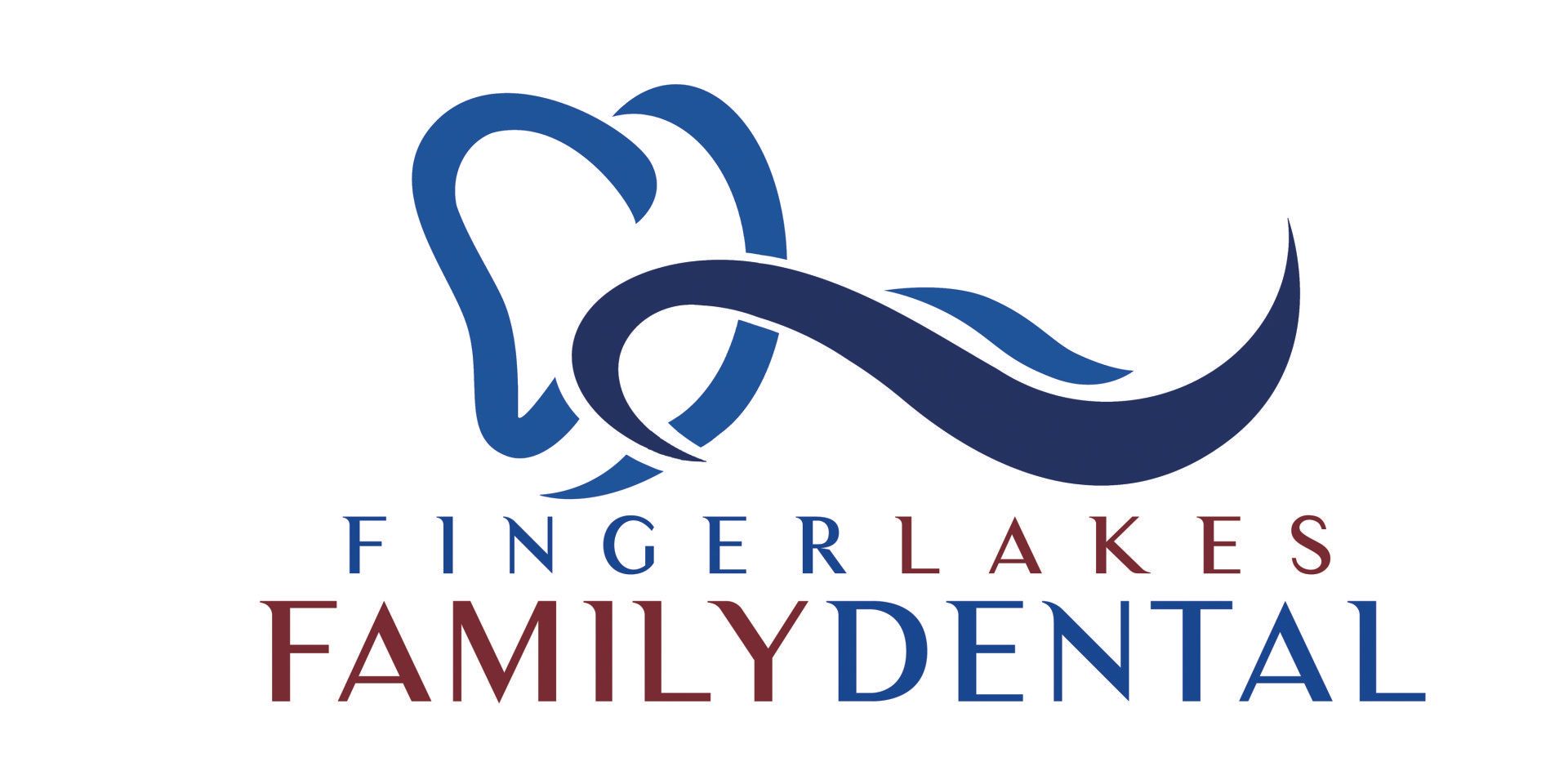Periodontal Disease Treatments
What Periodontal Disease Treatments Are Available?
Periodontal Disease can be scary, especially since so many people are unaware of having it. Significant damage to one’s bone, gums, and teeth can take place without one knowing. Periodontal Disease is the leading reason for teeth getting loose and falling out. In addition, there is research to suggest that Periodontal Disease is linked to other ailments in the body. Though it is not certain whether Periodontal Disease is cause or effect of these other symptoms, it raises a troubling correlation that cannot be discounted. If you have been diagnosed with Periodontal Disease, then congratulations. Unlike the majority of people with the disease, you now have the information you need to pursue the right Periodontal Disease Treatment for you. Periodontal Disease does not mean you are limited to slowly losing your teeth. Rather, you can make conscious choices to help treat this disease. Below are a few of the surgical and non-surgical options available to you
Periodontal Disease Treatment
1. Scaling and Root Planing
Scaling and root planing is the process of removing the bacteria, toxins, and tartar that have developed on the teeth and are the original source of the infection. This includes scraping off any build up on the roots of the teeth and in the gum pockets. Antibiotics, whether taken by mouth, or placed directly in the gum pockets may be used in conjunction with scaling and root planing. A prescription mouthwash may also be used to help kill off any remaining bacteria and expedite your healing. The goal of scaling and root planing is to have smaller gum pockets that are more easily cleaned by you, no inflammation, and gums that do not bleed.
Knowing that you have Periodontal Disease is the first step in finding an effective treatment. With science expanding and new innovations discovered every day, there may be other Periodontal Disease Treatments available in the future. As always, talk to your dentist about these treatment options to determine which one may work best for you.
2. Pocket Elimination Surgery
Pocket Elimination Surgery is recommended when the pockets have already become too deep for scaling and root planing to be effective. In this procedure, the gum pockets are reduced by removing the inflamed tissue. Shorter pockets make it easier for you to keep clean and minimize spaces where bacteria can harbor and continue to cause damage.
3. Tissue Regeneration
Just because bone and gums may have been destroyed by Periodontal Disease, that doesn’t mean that they can’t regrow. Tissue regeneration is the process of helping to regrow gums and bone through grafts. Not all areas affected by Periodontal Disease respond to Tissue Regeneration treatment. The early timing of diagnosis is the key in obtaining long lasting results with this treatment option.
4. Dental Implants
Dental implants are a treatment usually sought after the fact. Dental implants can provide you with artificial teeth to fill in the holes where teeth may have been lost. When Periodontal Disease has been present and advanced for a long period of time bone is lost, not just teeth. Bone is needed to support implants. Therefore, having Periodontal Disease for a long period of time may prevent you from resorting to implants.
Finger Lakes Family Dental
275 S Hamilton St,
Painted Post, NY 14870
© 2024
All Rights Reserved | Finger Lakes Family Dental



